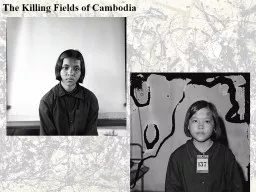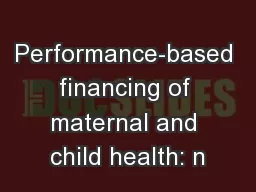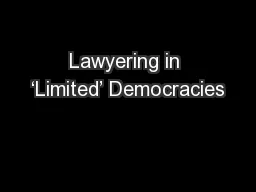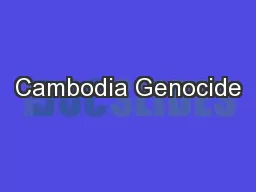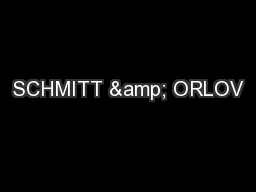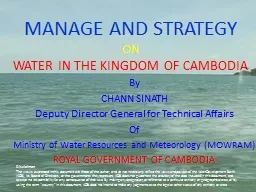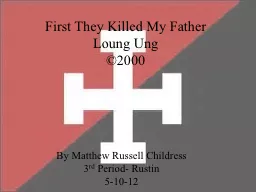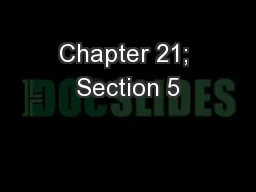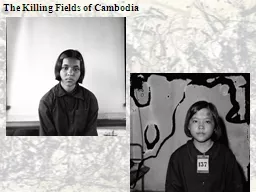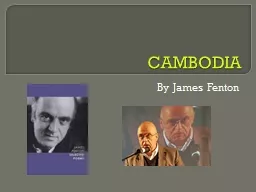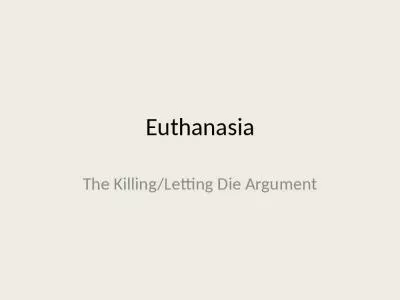PPT-The Killing Fields of Cambodia
Author : cheryl-pisano | Published Date : 2018-01-06
The Cambodian genocide of 19751979 in which approximately 17 to 20 million people lost their lives 21 of the countrys population was one of the worst human tragedies
Presentation Embed Code
Download Presentation
Download Presentation The PPT/PDF document "The Killing Fields of Cambodia" is the property of its rightful owner. Permission is granted to download and print the materials on this website for personal, non-commercial use only, and to display it on your personal computer provided you do not modify the materials and that you retain all copyright notices contained in the materials. By downloading content from our website, you accept the terms of this agreement.
The Killing Fields of Cambodia: Transcript
Download Rules Of Document
"The Killing Fields of Cambodia"The content belongs to its owner. You may download and print it for personal use, without modification, and keep all copyright notices. By downloading, you agree to these terms.
Related Documents

